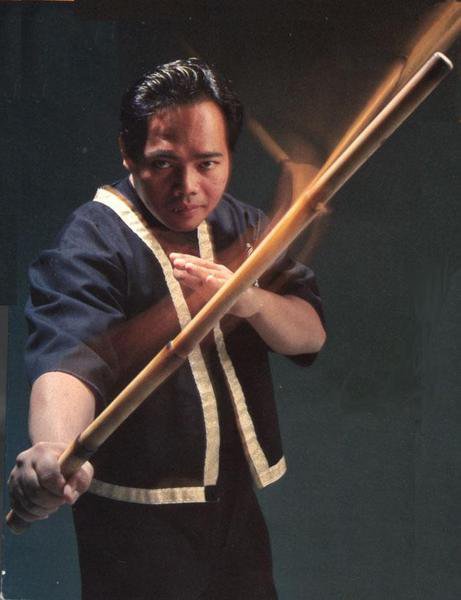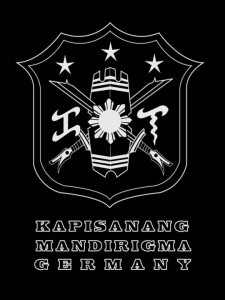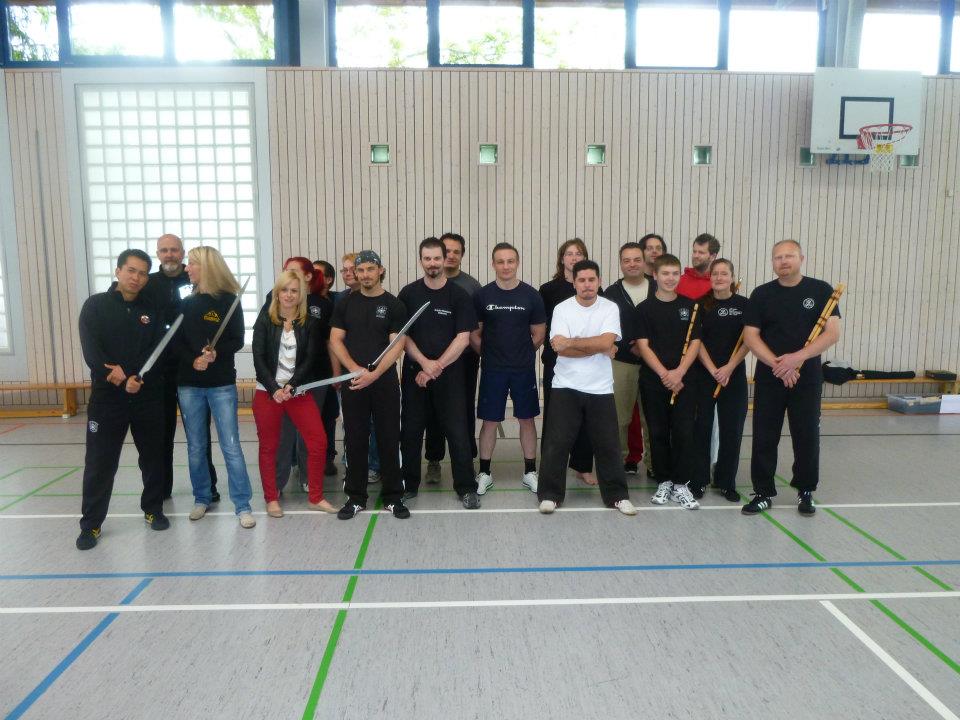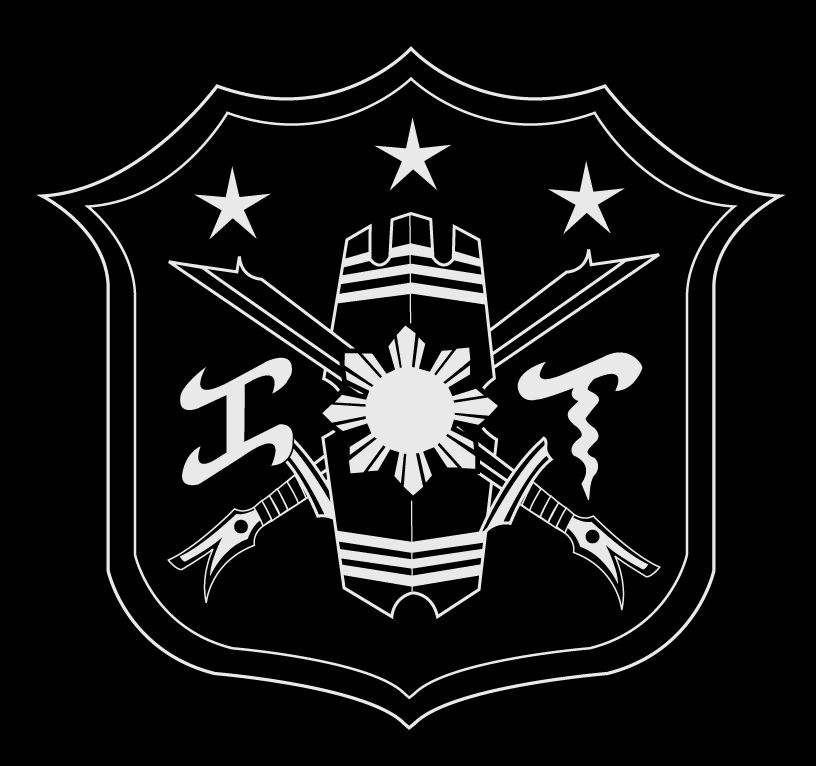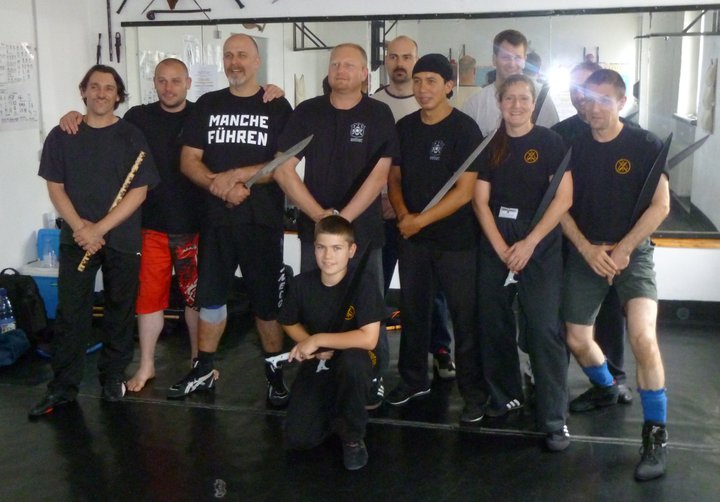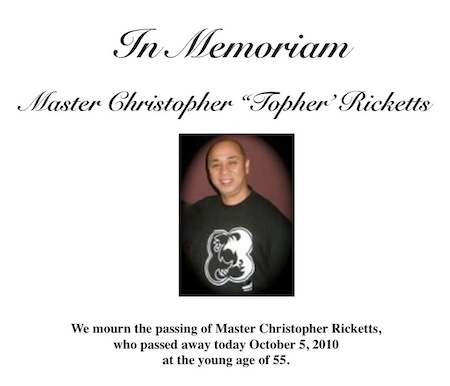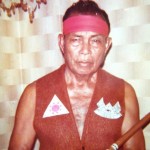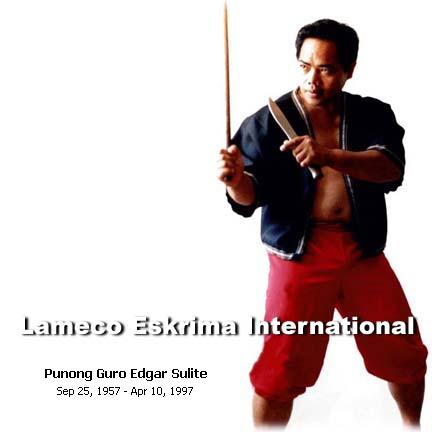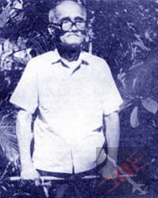This article was reprinted from Masters of Arnis, Kali and Eskrima. More information about the book can be obtained by sending an email to Mrs. Felisa Sulite at info@lamecoeskrima.com.
What Makes A Grandmaster?
By Punong Guro Edgar G. Sulite
To be recognized as a Grandmaster or Master of combat arts in the Philippines, you must have made your reputation and show mental maturity and physical age. Grandmasters question the rankings of other grandmasters.
Masters and grandmasters are criticized and questioned regarding their skills and abilities. Who bestowed their title? Do they have enough skills for the titles they carry? How many years have they been practicing the art? How old is he? How many followers and students does this man have?
In other martial arts, the attainment of a certain level automatically designates the title Master or Grandmaster. In the Philippines, there are certain norms to be satisfied before one can be called and accepted as a Master or Grandmaster.
A master of the art must be a master of himself. He must be in control. His daily life epitomizes a man in control of his life, his destiny. A master of the art must know his art, its origins, its history, its philosophy. He must know the techniques, the interplay of techniques, and the reversals of techniques.
A master must know the basics, the intermediate forms and techniques, and the advance levels of the art. Mastery of the art does not only mean so many years in the art, but the amount of experience using the art, one’s personal evolution within the art and personal dedication and contribution to the art.
A master of the art must know how to teach and impart knowledge from the art. He must be able to communicate, elaborate and present the art in such a way that each student learns on a personal basis. Each instruction is adapted to the learning process and ability of the student. A master must be a real maestro, a real teacher.
A master of the art must be of good character. He should epitomize the qualities of a leader, the majesty of a noble, and the courage and strength of a warrior.
A master of the art is called and acknowledged a Master by other masters, never by himself.
